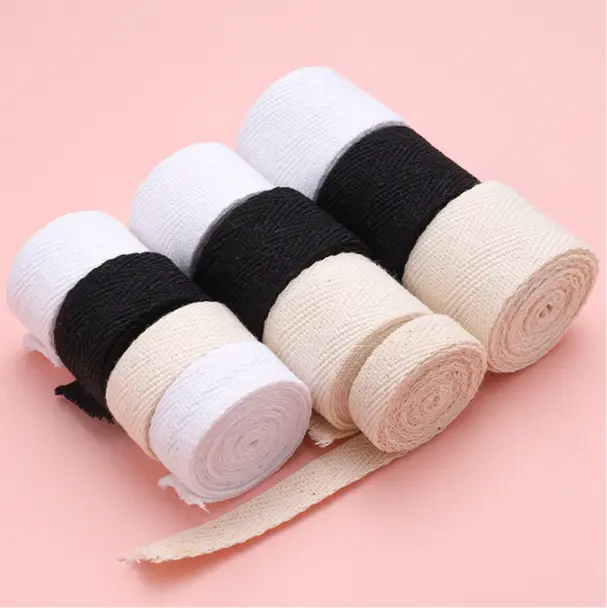In a world dominated by high-performance synthetics like polyester and nylon, cotton webbing holds a special place. As a natural fiber, it offers a unique combination of softness, breathability, and aesthetic appeal that synthetics can't replicate. It's often the first choice for products where comfort and a natural feel are paramount.
However, cotton is not without its drawbacks. Understanding both its advantages and disadvantages is crucial for designers and manufacturers to make informed material choices. Is cotton webbing the right fit for your product? Let’s break it down.
The Advantages of Cotton Webbing
Cotton's popularity stems from several key properties that make it ideal for specific applications:
- Superior Softness and Comfort: This is cotton's biggest selling point. Unlike the sometimes-abrasive feel of heavy-duty synthetics, cotton is gentle on the skin, making it perfect for bag straps, apparel belts, and other items with direct skin contact.
- Natural, Breathable, and Hypoallergenic: As a plant-based fiber, cotton is breathable and less likely to cause skin irritation, an important factor for clothing and accessories.
- Eco-Friendly and Biodegradable: For brands focused on sustainability, cotton is a renewable resource that is fully biodegradable. This makes it an environmentally responsible choice.
- Excellent Dye Absorption: Cotton fibers absorb dyes exceptionally well, resulting in rich, deep, and vibrant colors that enhance the visual appeal of a final product.
The Disadvantages of Cotton Webbing
While cotton excels in comfort, it falls short in performance, especially when compared to its synthetic counterparts:
- Lower Tensile Strength: Cotton is significantly weaker than polyester or nylon. It is not suitable for heavy-duty or life-safety applications like cargo tie-downs, lifting slings, or safety harnesses.
- High Water Absorption: Cotton acts like a sponge. It absorbs water readily and dries very slowly. When wet, it loses strength and becomes heavy. This tendency also makes it prone to developing mold and mildew if not dried properly.
- Prone to Stretching: Cotton webbing can stretch over time, especially when under a consistent load, causing it to lose its original shape and integrity.
- Susceptible to UV and Abrasion: Continuous exposure to sunlight will degrade cotton fibers, causing them to weaken and fade. It also has lower abrasion resistance compared to nylon.
When Should You Choose Cotton Webbing?
Based on its pros and cons, cotton webbing is the ideal choice when **aesthetics and comfort trump raw performance.**
It's perfectly suited for:
- Fashion & Apparel: Belts, decorative trim, drawstrings for hoodies, and straps on fashion-forward garments.
- Bags & Totes: Handles for canvas tote bags and backpacks where carrying comfort is a priority.
- Light-Duty Straps: Securing straps for yoga mats or bundling light items where strength is not a critical factor.
- Crafts & Upholstery: Various DIY projects and as a finishing trim on furniture.
Conversely, you should avoid cotton for outdoor gear, boat rigging, pet leashes (as they get wet and dirty), or any application requiring high strength and weather resistance.
Choosing the right material is a balance of function, feel, and cost. If the unique benefits of cotton webbing align with your product's needs, feel free to explore our full range of cotton webbing products. For any questions or to discuss the best material for your job, contact TMG Webbing and our experts will be happy to help.

